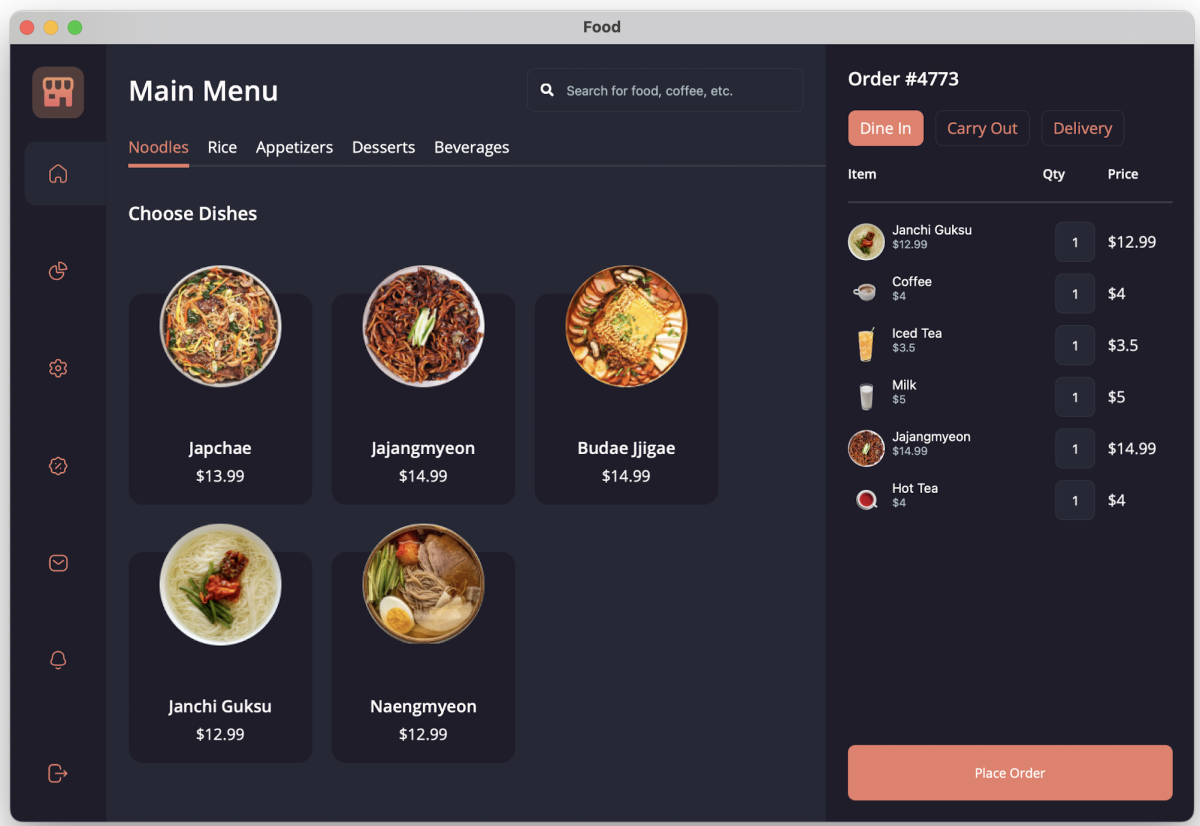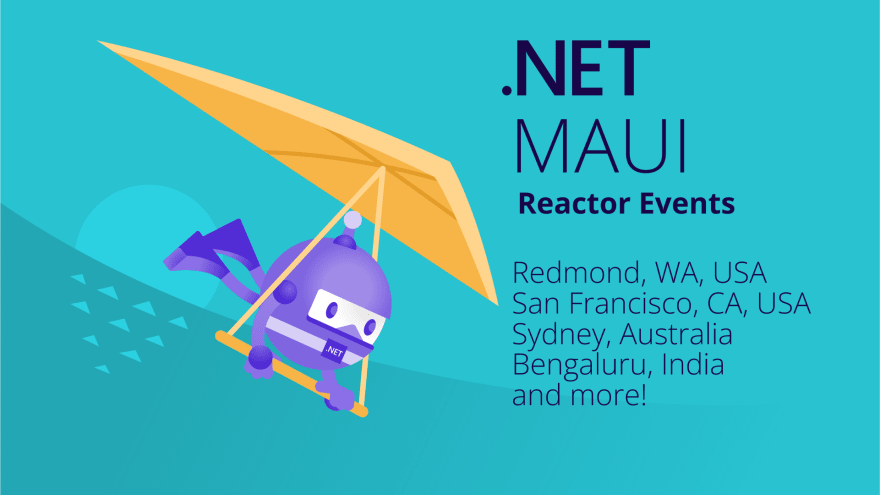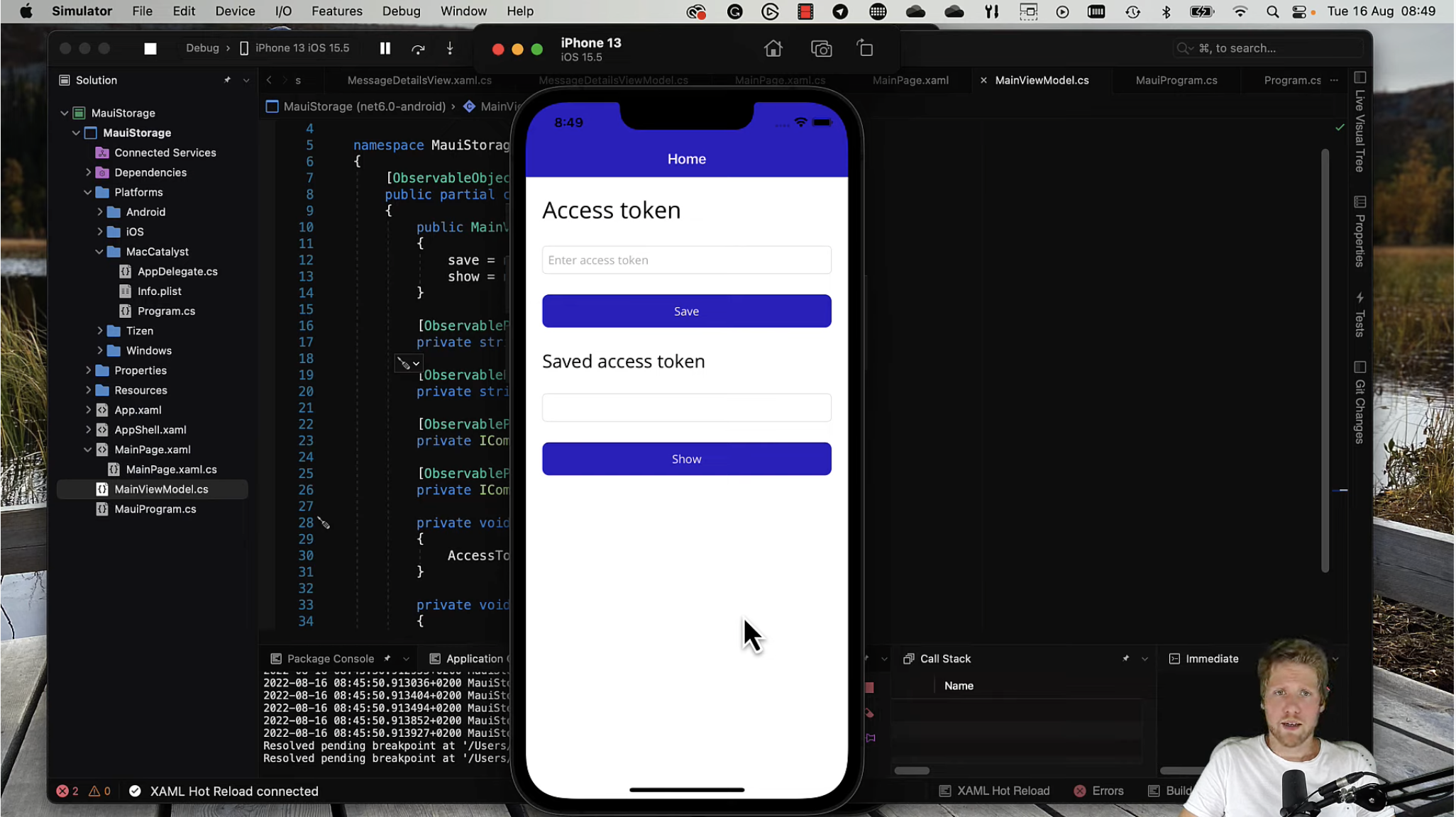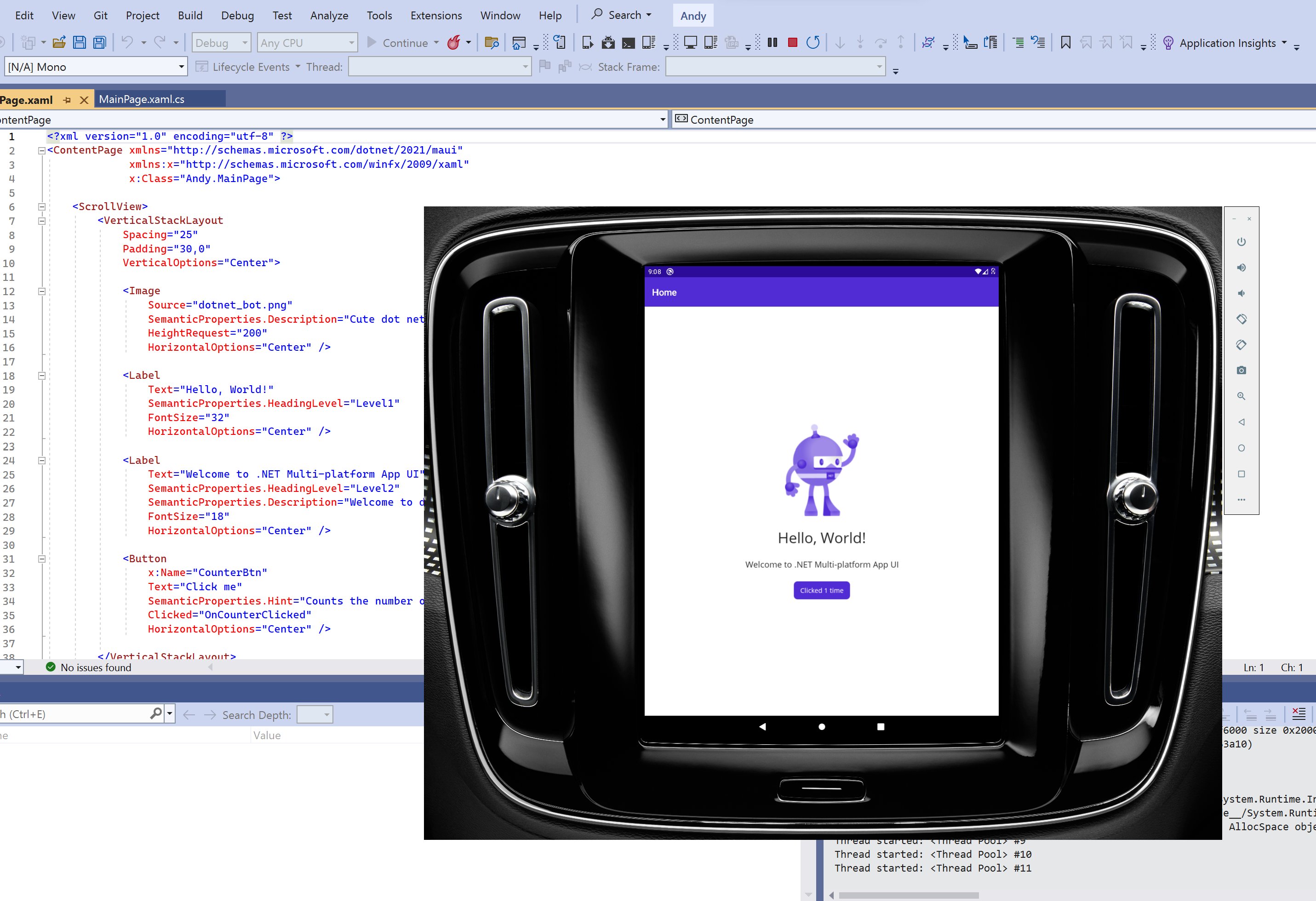Sands of MAUI: Issue #69

Welcome to the Sands of MAUI—newsletter-style issues dedicated to bringing together latest .NET MAUI content relevant to developers.
A particle of sand—tiny and innocuous. But put a lot of sand particles together and we have something big—a force to reckon with. It is the smallest grains of sand that often add up to form massive beaches, dunes and deserts.
Most .NET developers are excited with .NET Multi-platform App UI (MAUI)—the evolution of modern .NET cross-platform developer experience. Going forward, developers should have much more confidence in the technology stack and tools as .NET MAUI empowers native cross-platform solutions on both mobile and desktop.
While it may take a long flight to reach the sands of MAUI island, developer excitement around .NET MAUI is quite palpable in all the shared content. Like the grains of sand, every piece of news/article/documentation/video/tutorial/livestream contributes towards developer knowledge in .NET MAUI and we grow a community/ecosystem willing to learn & help.
Sands of MAUI is a humble attempt to collect all the .NET MAUI awesomeness in one place. Here's what is noteworthy for the week of August 22, 2022:
.NET Conf Focus on MAUI Recap
August 9, 2022 was a fun day for .NET MAUI enthusiasts—.NET Conf Focus on MAUI was the one-day .NET MAUI developer conference and it did much to spread developer love. Jeff Fritz wrote up a wonderful recap of .NET Conf Focus on MAUI—pointing to conference materials and lots of .NET MAUI content.
.NET Conf Focus on MAUI began with an excellent keynote hosted by David Ortinau and Maddy Montaquila—.NET MAUI tooling is now generally available with Visual Studio 2022 version 17.3 on Windows. .NET MAUI roadmap and release cadence got some clarity—major versions will ship with .NET going forward, starting with .NET 7.
Content from the keynote is now available on GitHub, along with the open sourced .NET MAUI Point of Sale demo app. All of the 14 .NET Conf Focus on MAUI live session recordings are now available on YouTube, along with 10 other on-demand sessions with .NET MAUI deep-dive content. All this is a ton of .NET MAUI content to consume—next stop would be .NET Conf happening November 8-11, 2022.

.NET MAUI Learning Resources
Sold on .NET MAUI for cross-platform .NET development and want to get started? While there is plenty of knowledge to soak in, the sheer number and variety can feel overwhelming. Gerald Versluis to the rescue with a curated list of .NET MAUI Learning Resources.
Developers learn technology in their own ways—some read, some watch and some have to do things themselves. Gerald has all the learning content nicely broken up into types—Blogs, Books, Video, Code, Social Media, Docs and Learning Paths. The developer community has been excited about .NET MAUI and it shows in the sheer volume/variety of content. The .NET MAUI Learning Resources should serve as a nice curated collection to sift through and find exactly the type of .NET MAUI content that fits developer needs.

.NET MAUI Reactor Events
Learning is often done best together or with a little hand-holding from experts at hand. For developers wanting to take a deep dive into .NET MAUI and learn by doing, the Microsoft Reactor events are bring .NET MAUI closer to home. Microsoft Reactors are for incubation of fresh ideas and .NET MAUI is the future of .NET cross-platform development—it's the perfect match.
Microsoft Reactors are hosting a series of events in-person and online—developers get to join .NET team members to learn all things .NET MAUI. The events will kick off with an introduction to .NET MAUI, discuss product roadmap, cover architectural overview and then go hands-on—with a deep dive into .NET MAUI workshop content.
Starting August/September, developers around the world can join the Microsoft Reactor .NET MAUI events across major cities—there will be tons of content to soak in, and we hear there will be pizza, too.

.NET MAUI Secure Storage
One of the key benefits of .NET MAUI is ease of native platform API access—developers are writing a true cross-platform app, but device API functionality is nicely abstracted into C# and baked into .NET MAUI. One area where platform API abstraction is particularly handy is storage—developers can write to disk on iOS/Android/Windows/Mac without having to know internal platform implementations.
Daniel Hindrikes has started a video series on managing device storage with .NET MAUI and the first part deals with the all-important Secure Storage.
If sensitive data is to be stored on a device, Secure Storage API within .NET MAUI is the easiest way to go. Daniel showcases the ease with a simple demo app—to save and read information with Secure Storage APIs in .NET MAUI.
While the API is simple, developers targeting iOS and MacOS have an additional hoop through jump through while running the app on local simulator—Secure Storage on iOS/MacOS uses Keychain, which requires special declarations/permissions. Daniel walks through how developers can add the Entitlements.plist to declare Secure Storage usage intention, both for iOS and MacCatalyst. Once declarations/permissions are in place, it is easy to asynchronously read/write from Secure Storage on every device.
Daniel also takes another step forward towards keeping the codebase testable—Secure Storage API usage deserves separation from regular UI/ViewModel code. Ideally, developers may want to create an Interface with platform-specific service implementations for handling Secure Storage and utilize .NET MAUI Dependency Injection to wire up API usage. Cheers for the video Daniel and we look forward to the rest of the series on managing Storage with .NET MAUI.

.NET MAUI on Android Auto
.NET MAUI is positioned as the next generation .NET cross-platform technology stack—reaching several platforms like iOS, Android, Windows, Tizen and MacOS. These are early days, however, and the platform reach story is only going to get better. There is a lot of variety in device form factors and .NET MAUI will go places—all powered by a true shared single codebase.
The next frontier of cross-platform adventure comes from Mike Lorengo—with an experimental attempt at running .NET MAUI on Android Automotive OS.
Modern car dashboards run complicated software—managing just about every functioning aspect of the in-car driver experience. Android Automotive OS promises to power much of the modern driver customizability—and platforms like Volvo cars are bringing it closer to developers. There are encouraging early signs for .NET MAUI—with Android as the primary target, Mike is able run .NET MAUI apps on Android Automotive OS and corresponding simulator.
While this is the first step, there is a lot of integration possibilities—and taking .NET MAUI literally on the road.

That's it for now.
We'll see you next week with more awesome content relevant to .NET MAUI.
Cheers, developers!

Sam Basu
Sam Basu is a technologist, author, speaker, Microsoft MVP and gadget lover. With a long developer background, he also worked as a Developer Advocacy Manager for advocating modern web/mobile/cloud development platforms on Microsoft/Telerik/Kendo UI technology stacks. His spare times call for travel, fast cars, cricket and culinary adventures with the family.
